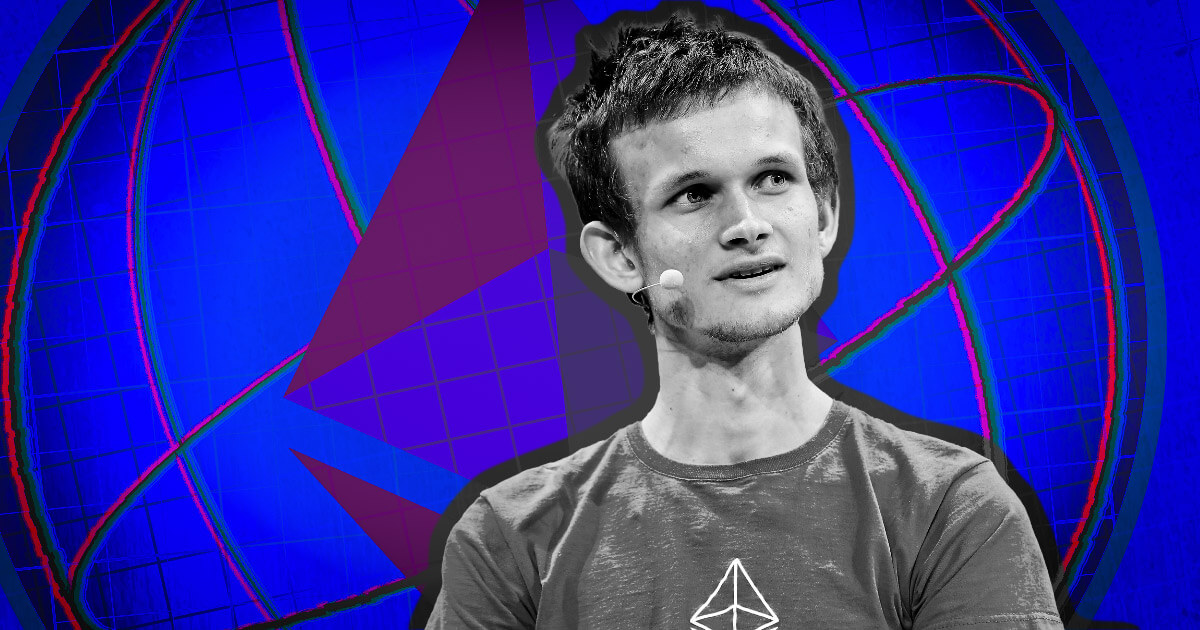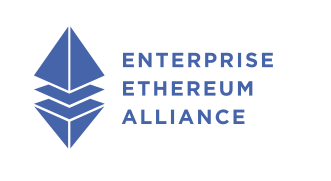Vitalik Buterin calls for ‘Ethereum alignment’ to unite the ecosystem for common goals.



Ethereum co-founder Vitalik Buterin believes that integrating decentralization and collaboration is one of the most pressing societal challenges in the Ethereum ecosystem. Buterin wrote on his blog Saturday that there is a diverse group of researchers and developers “working toward their own vision of what Ethereum can be.” He noted:
“The most important challenge is to build something that feels like one Ethereum ecosystem where all these projects are not 138 incompatible territories.”
As a solution to this, the concept of ‘Ethereum Alignment’ was proposed. But until now the concept has been “ill defined.” To solve this problem, Buterin suggests that “the concept of alignment should be further strengthened.” legibleIt breaks down into specific properties that can be expressed by specific metrics.”
Ethereum Sort Indicator
Buterin believes that every project will have its own list of properties and metrics that “inevitably change over time.” However, he laid out some basic criteria to track whether applications are aligned with Ethereum’s long-term vision and goals.
1. Open source:
Buterin says there are two main benefits to using open source software for Ethereum applications. First, keeping your code open and inspectable ensures its safety. Second, it reduces the risk of proprietary locks and enables unauthorized third-party enhancements.
Buterin is pragmatic and understands that the entire application does not have to be open source. But he believes that “the core infrastructure components on which the ecosystem absolutely depends should be.” He called the FSF-free software and OSI open source definitions “gold standards.”
2. Open standards:
According to Buterin, applications should strive for interoperability with the Ethereum ecosystem and build on existing standards and open standards that have not yet been implemented. Common Ethereum standards include ERC-20 and ERC-1271. Buterin suggests creating a new ERC when introducing features that existing standards cannot handle.
3. Decentralization and Security:
The goal is to avoid points of trust, minimize censorship loopholes and dependency on centralized infrastructure. Buterin suggests indicators for walkaway testing and insider attack testing.
In walkaway testing, your application must determine whether it can continue to function if your team and servers disappear tomorrow. Insider attack testing requires the project to assess the damage that could occur if the team itself were to attack the system.
4. Positive sum
According to Buterin, projects must positively contribute and benefit the entire Ethereum community, including ETH holders and users, as well as the wider world. In the first part, projects can use ETH as a token to contribute to network effects, open source technologies, or donate tokens or a portion of their profits to public goods in the Ethereum ecosystem.
Buterin advises projects to ask the following questions:
“Ethereum is here to make the world a freer and more open place, enable new forms of ownership and collaboration, and contribute positively to the critical challenges facing humanity. Does your project do this?”
Buterin says his “ideal goal” is for more entities like L2beat, a Layer2 analytics platform, to emerge to track how closely Ethereum projects are following the Ethereum Alignment standards. However, he warns that the Ethereum Foundation (EF) needs to distance itself from the process to maintain decentralization.
According to Buterin, having concrete criteria can help EF and others understand which projects they want to support and use. He adds:
“If more work was done to make the various aspects of alignment easier to read without centralizing them under one “watchdog,” we could make the concept much more effective, fair, and inclusive in the way the Ethereum ecosystem strives to do.”



